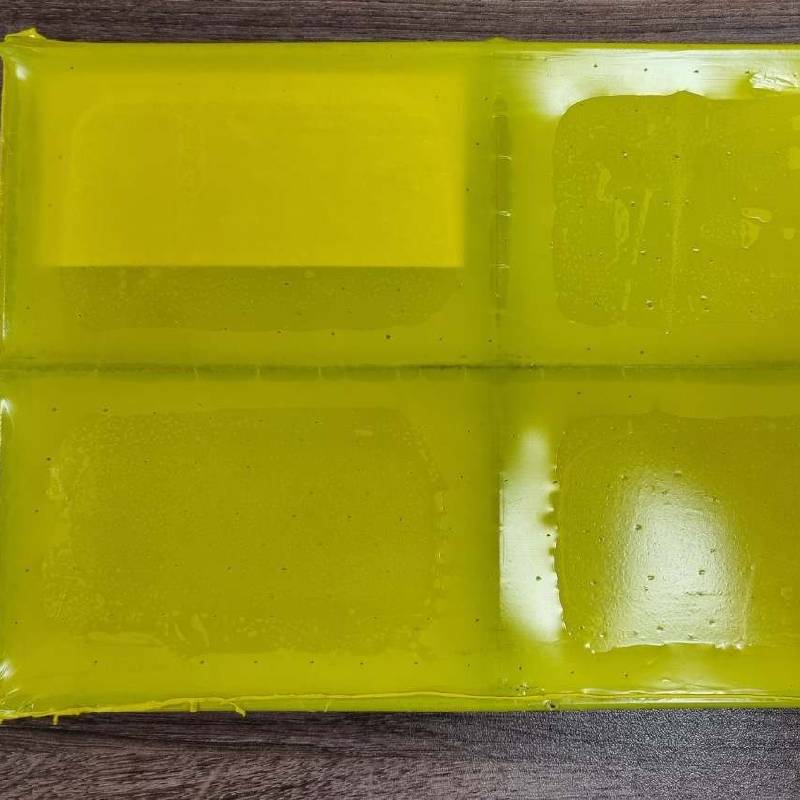
- Mobile Phone
- +8613931874955
- sales@cntcmetal.com
ladder type bed joint reinforcement
Ladder Type Bed Joint Reinforcement A Comprehensive Overview
In the realm of civil engineering and construction, the integrity and durability of structures are paramount. Among the multitude of factors that contribute to a robust structure, the reinforcement of joints plays a crucial role. One innovative approach gaining traction is the ladder type bed joint reinforcement. This method enhances the performance of masonry structures and ensures their longevity.
What is Ladder Type Bed Joint Reinforcement?
Ladder type bed joint reinforcement consists of a series of steel bars or wires arranged in a ladder-like configuration. These reinforcements are embedded within the mortar joints of masonry walls, providing structural support and distributing loads more evenly. The design allows for increased resistance to lateral forces, which is particularly beneficial in areas prone to seismic activity or high winds.
The Design and Installation
The installation of ladder type bed joint reinforcement involves careful planning and execution
. The reinforcement is typically placed every few courses of masonry blocks or bricks, ensuring adequate coverage throughout the wall. This strategic placement helps to minimize the risk of cracks and failures, particularly in load-bearing walls.The ladder reinforcement consists of two horizontal bars connected by vertical stirrups, resembling a ladder. This configuration allows for flexibility in the design, accommodating various building materials such as concrete blocks, bricks, and stones. The reinforcement is often fabricated from high-strength steel, ensuring that it can withstand the demands of modern construction.
Benefits of Ladder Type Reinforcement
ladder type bed joint reinforcement

1. Enhanced Structural Integrity The primary advantage of ladder type bed joint reinforcement is the increased strength it provides to masonry structures. By mitigating the effects of lateral loads, the risk of structural failure during events like earthquakes or strong winds is significantly reduced.
2. Crack Resistance Structures with ladder reinforcement experience fewer cracks over time. The reinforcement helps to evenly distribute stress throughout the wall, preventing localized failure points that lead to cracks.
3. Ease of Installation Unlike other reinforcement methods, ladder type bed joint reinforcement is relatively straightforward to install. It can be integrated into existing construction practices without requiring extensive modifications or specialized equipment.
4. Cost-Effectiveness Although there is an initial investment in materials, the long-term benefits of reduced maintenance and the potential for fewer repairs make ladder reinforcement a cost-effective choice. Structures reinforced in this manner tend to retain their integrity for extended periods, leading to savings in overall maintenance costs.
5. Design Flexibility The versatility of ladder type reinforcement allows architects and engineers to explore a broader range of design concepts. It can be customized to fit various building configurations and materials, enabling more creative architectural expressions.
Conclusion
Ladder type bed joint reinforcement represents a significant advancement in the field of masonry construction. By enhancing structural integrity, increasing crack resistance, and offering design flexibility, it stands as a formidable solution for modern construction challenges. As architects and engineers continue to prioritize safety and longevity in their designs, the adoption of innovative reinforcement strategies like ladder type bed joint reinforcement will likely become more prevalent in the industry. This robust approach not only meets the structural demands of today but also paves the way for sustainable and resilient buildings in the future.
share:
-
Why Sacrificial Formwork Is Redefining Underground ConstructionNewsJun.06,2025
-
The Structural Dynamics of Modern Concrete: How Snake Spacers Revolutionize Flexible ReinforcementNewsJun.06,2025
-
Snake Spacers Smart-Lock Concrete Reinforcement with Surgical PrecisionNewsJun.06,2025
-
Snake Spacers: Reinforcement Precision for Modern Concrete ProjectsNewsJun.06,2025
-
Snake Spacers Powering Concrete's Structural DNANewsJun.06,2025
-
Slither into Success: Snake Spacers' Precision Bite for Unbreakable ReinforcementNewsJun.06,2025
-
Sacrificial Formwork: Building Stronger, Faster, and Safer StructuresNewsJun.06,2025



















